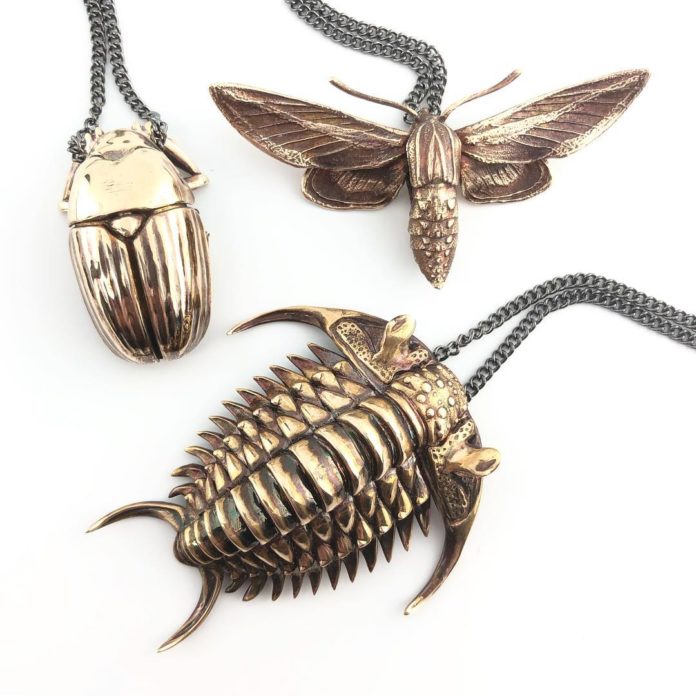Professor D. Allan Drummond, who teaches biochemistry, molecular biology, and human genetics at the University of Chicago, was dedicated to researching fossils of ancient and prehistoric creatures for the better part of his academic career. A few years ago, he decided to use his research and knowledge into something tangible.
Drummond started turning the fossils into detailed computer renderings which he would then print out using a 3D printer and create bronze reincarnations of these ancient creatures. Most of the professor’s works revolve around creatures like Trilobite, which are extinct for more than 200 years, but he occasionally also does sculptures of modern insects like spiders or praying mantises.
You can check out some of his intriguing works below.
View this post on InstagramA post shared by D. Allan Drummond (@dadrummond) on
View this post on InstagramA post shared by D. Allan Drummond (@dadrummond) on
View this post on InstagramA post shared by D. Allan Drummond (@dadrummond) on
View this post on InstagramA post shared by D. Allan Drummond (@dadrummond) on
View this post on InstagramA post shared by D. Allan Drummond (@dadrummond) on
View this post on InstagramA post shared by D. Allan Drummond (@dadrummond) on
View this post on InstagramA post shared by D. Allan Drummond (@dadrummond) on
View this post on InstagramA post shared by D. Allan Drummond (@dadrummond) on










